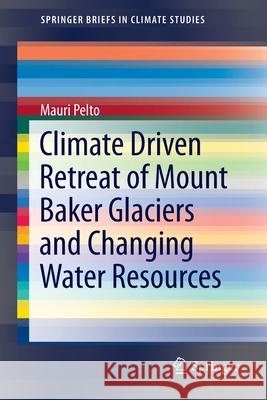Climate Driven Retreat of Mount Baker Glaciers and Changing Water Resources » książka
topmenu
Climate Driven Retreat of Mount Baker Glaciers and Changing Water Resources
ISBN-13: 9783319226040 / Angielski / Miękka / 2015 / 107 str.
Climate Driven Retreat of Mount Baker Glaciers and Changing Water Resources
ISBN-13: 9783319226040 / Angielski / Miękka / 2015 / 107 str.
cena 200,77
(netto: 191,21 VAT: 5%)
Najniższa cena z 30 dni: 192,74
(netto: 191,21 VAT: 5%)
Najniższa cena z 30 dni: 192,74
Termin realizacji zamówienia:
ok. 22 dni roboczych
Bez gwarancji dostawy przed świętami
ok. 22 dni roboczych
Bez gwarancji dostawy przed świętami
Darmowa dostawa!
This book presents the impact of climate change on Mount Baker glaciers, USA, and the rivers surrounding them.











